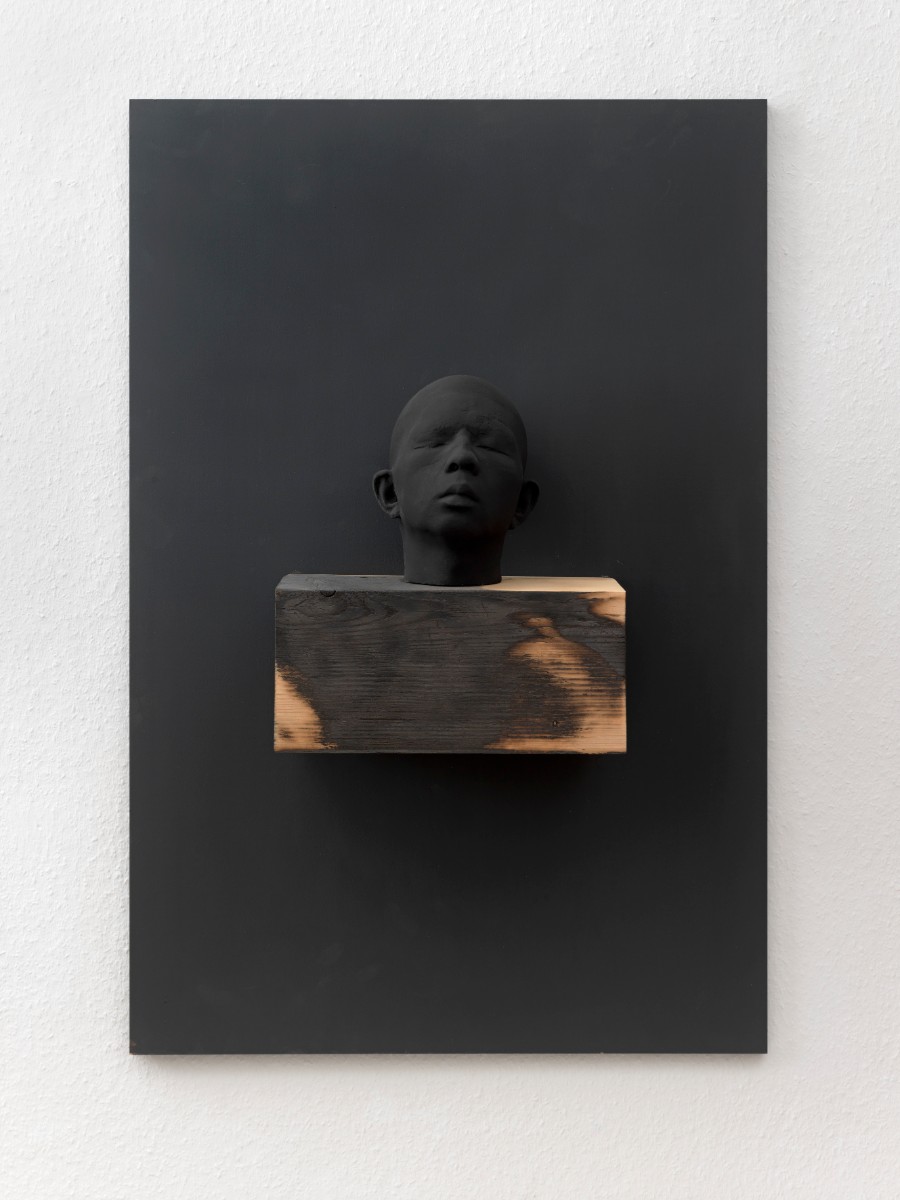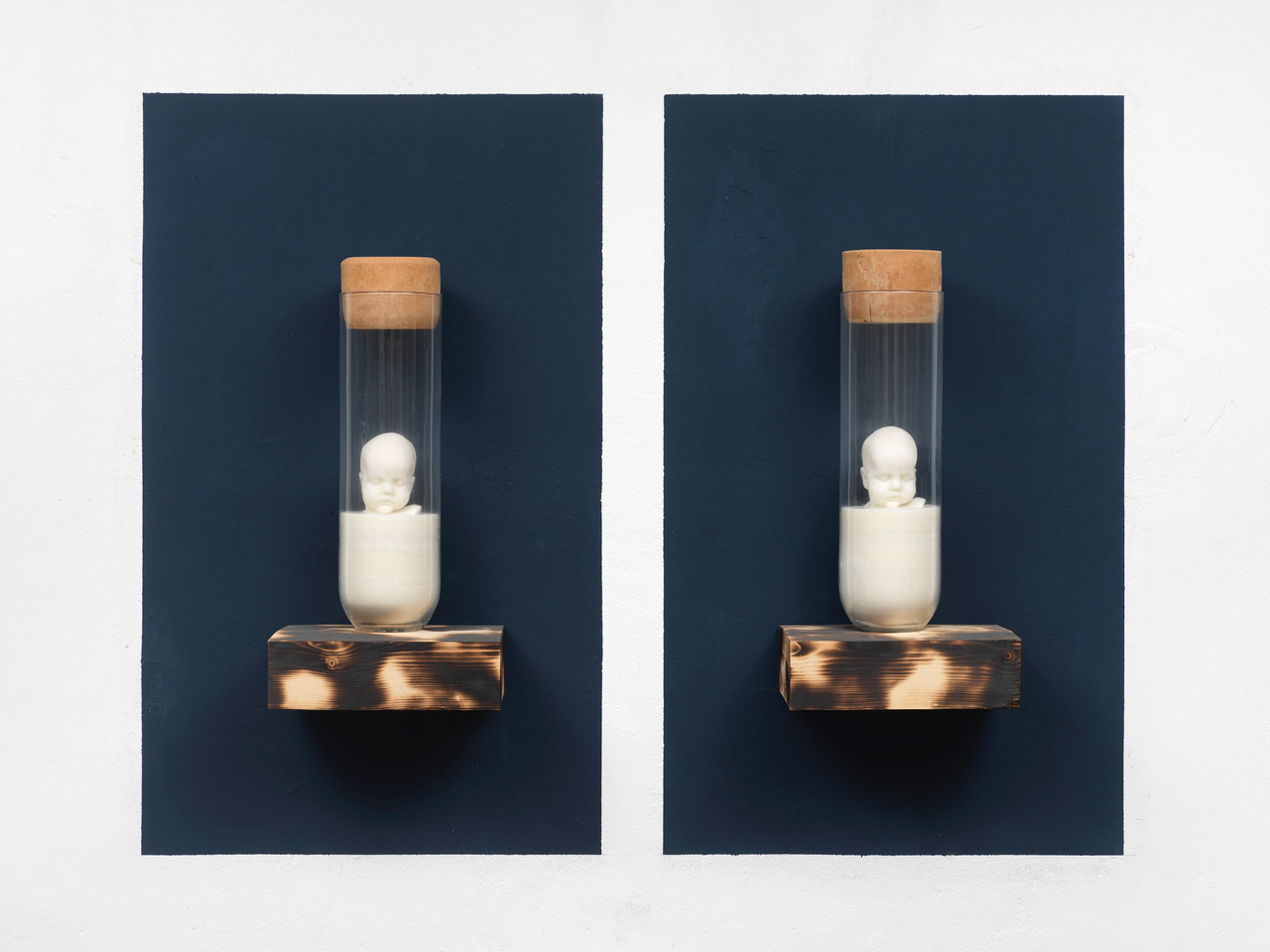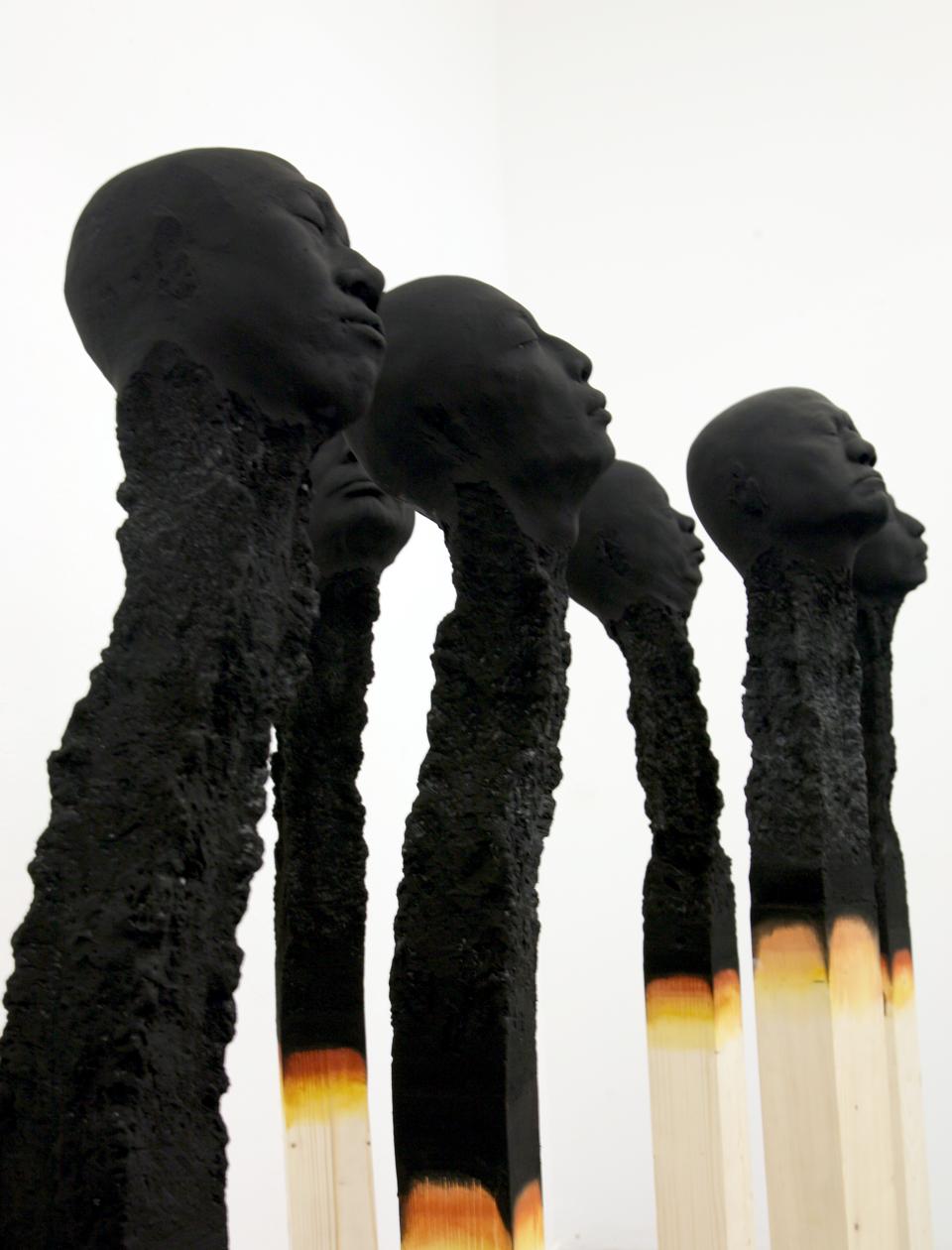
Interview
Artist: Wolfgang Stiller
Your work has caught quite a lot of attention in galleries, shows, and social media. How did you get to where you are today both personally and as an artist? Who are your biggest influences?
I am working as an artist for almost 40 years now and it was not always easy to continue. I started by studying communication design, but I was painting and focusing on installation works. I soon realized that I don’t want to end up in an advertising company. A friend of mine back then worked for a very established gallery and brought the gallery owner to my studio which was an old factory loft. He showed up a second time with a well-known painter and professor of the prestigious Art academy in Düsseldorf. They took samples of my work and several months later I received a call that I was accepted as a student. At this point I was mostly painting with a special interest in space and my works started t to develop more into the 3rd dimension.
When I left the academy in the late eighties I moved to Berlin which was considered a bad decision in terms of my artistic career. The center for the arts was in Cologne back then and Berlin was still separated and kind of provincial in terms of the art. Almost no internationally known artist was living in Berlin at that time. Maybe it was the wrong choice in terms of my career, but I never regretted it. Two years later the wall came down and everything changed.
For the next 10 – 12 years I was working on large scale installation projects which didn’t attract the galleries but I had lots of museum shows and some private collectors who helped me surviving besides doing little jobs on the side. I was happy enough to do what I liked to do most and getting exposure.
In 2000 I was a bit bored from Berlin since nothing was really happening and I decided to open a new chapter by moving to New York where I stayed almost 8 years. It was a tough lesson. It was close to impossible to get galleries to come to my studio and see my works. My production was slowing down a lot and I spent too much time doing side jobs instead of being in my studio. In 2006 I decided to pack all my things and moved to China. I was living in Beijing and worked also as a guest professor for New York University in Shanghai. It was incredible to be there after New York. In Beijing everything seemed possible. New huge art spaces opened everywhere and it was completely the opposite from New York. In Beijing people were totally open to foreign artists and it was fairly easy to do good shows from one day to the next.
In China I could finally do big installations again and Chinese people have been a great and curious audience – very different from what I experienced in New York during the 8 years I was living there. I started to develop the series of Matchstickmen over there in China which became my most recognized work until today. When I came back to Berlin in 2009 I had to start from scratch again and realized that almost everyone in the art world was present in social media.
I started to set up a network on several platforms which helped a lot to make my work more known to a wider audience who didn’t have a chance to see these works for real. They have been shared extensively on social media and found their way into good collections all over the world. Galleries started to get interested into my work and lately I can make a very decent living on my art works which is great. It was a very long way and sometimes very exhausting.
Talking about influences when I started to work as an artist. There were several big influences when I was young. My art teacher in high school was my first major inspiration and encouragement. If I had to name some artists who really had a strong impact on my artistic development, it would be Francis Bacon, Alberto Giacometti, Andrea del Sarto, the Arte Povera movement and some others. I always admired Bacon and Giacometti for ignoring the trends back then and just keep on doing what they wanted to do. Joseph Beuys was also very important. I admired his spirit and his poetic way of handling all kind of materials.
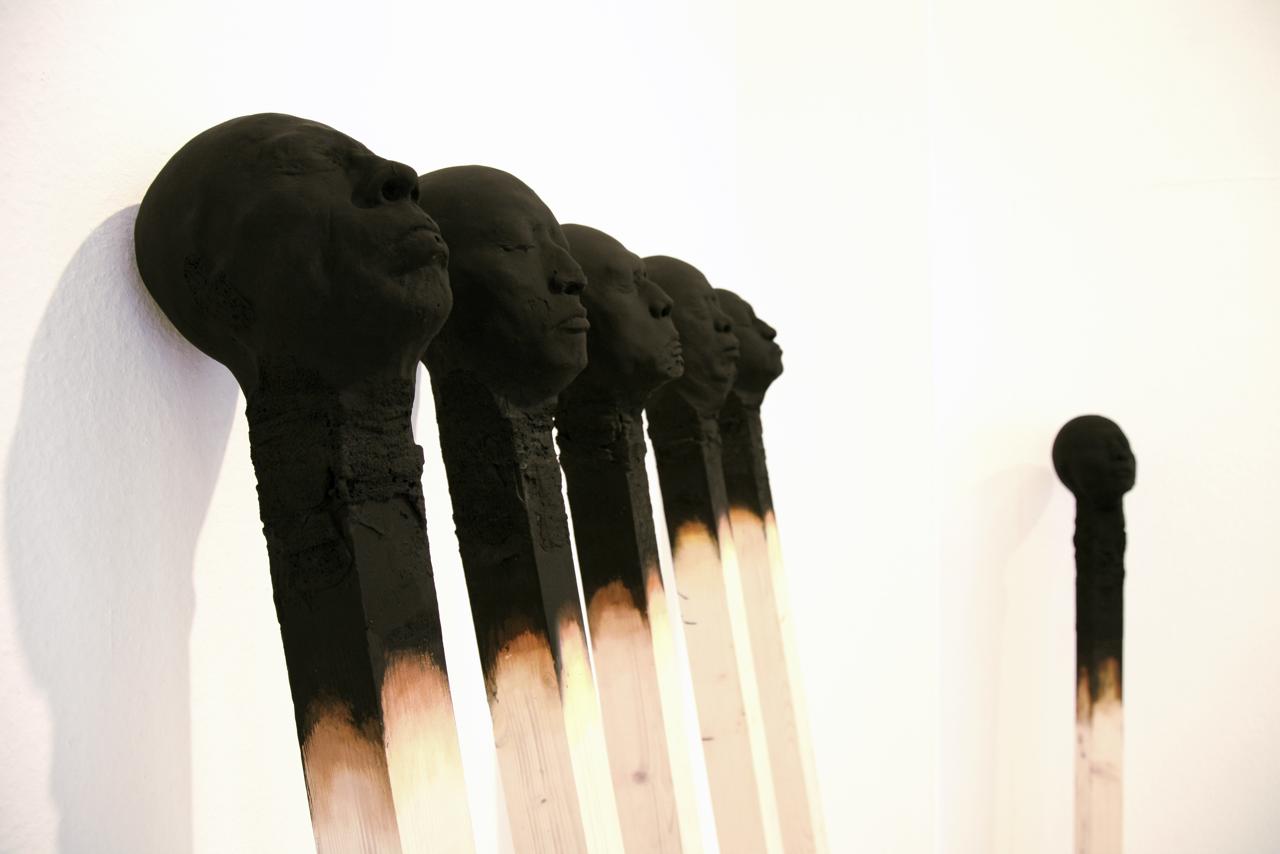
video courtesy of LBCI Lebanon
You had lived in many different places: Turkey, China, New York, and now in Germany. How would you describe the creative scene in each of those places and how does it impact your own work? What are the patterns you can see in those different societies where you have lived/traveled?
This is a bit difficult to answer since time is also a very important factor within this context. I started working as an artist in 1983. Within those 36 years I experienced a lot of changes and differences which are not a result of the geographical location rather than changes within society. I can’t say much about the creative scene in those places since I mostly didn’t really take part in it. Which might be another reason why my career was kind of slow. I met very interesting artists in all those countries with more or less the same ambitions and hopes. When I started as an artist, I wanted to create work which has an impact on society and end up in the museums. I was not interested in the commercial aspect and didn’t even try to work with galleries. I think the same counted for most of my colleagues back then in Germany. Making lots of money was not really an issue. Artists and audiences were both interested in content and quite critical.
When I came to New York in 2000 I was shocked that content was not of any interest. People just wanted to know which gallery represented me. Almost no one would ask about content. I don’t know if that was different in the New York from the 80s. I think back then New York was not a good place to create art. It was good for people who already were famous and were invited to show their works.
In 2007 I came to China and it felt like the gold rush. A kind of very energetic atmosphere with very positive and negative aspects. Contemporary art, art marketing, all those things were very new to the art world over there. Young artists would ask insane prices for their works and got burned in auctions just for the quick money. The audiences were very curious and open I thought. Now I am back in Berlin and besides my studio and going to an opening once in a while I am not really in touch with the art scene in Berlin.
Even though I love to live in foreign countries and see many different places all over the world it never has a direct impact on my work. Mostly I work on a subject I am interested in and it doesn’t matter where I am. It is a bit different when I do an artist residency. Then I allow myself to be influenced by whatever I am meeting there and create work which I wouldn’t have done otherwise.
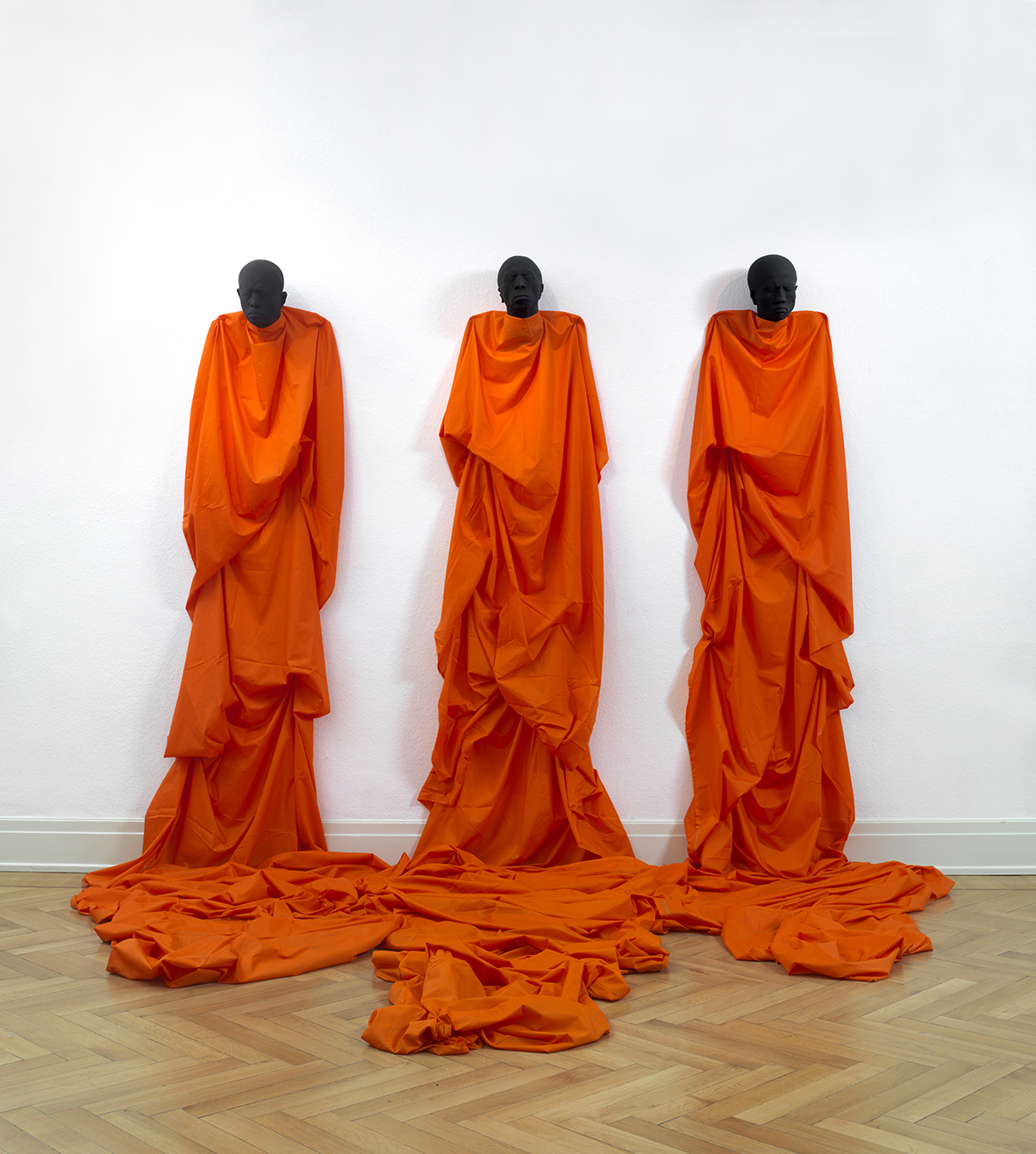
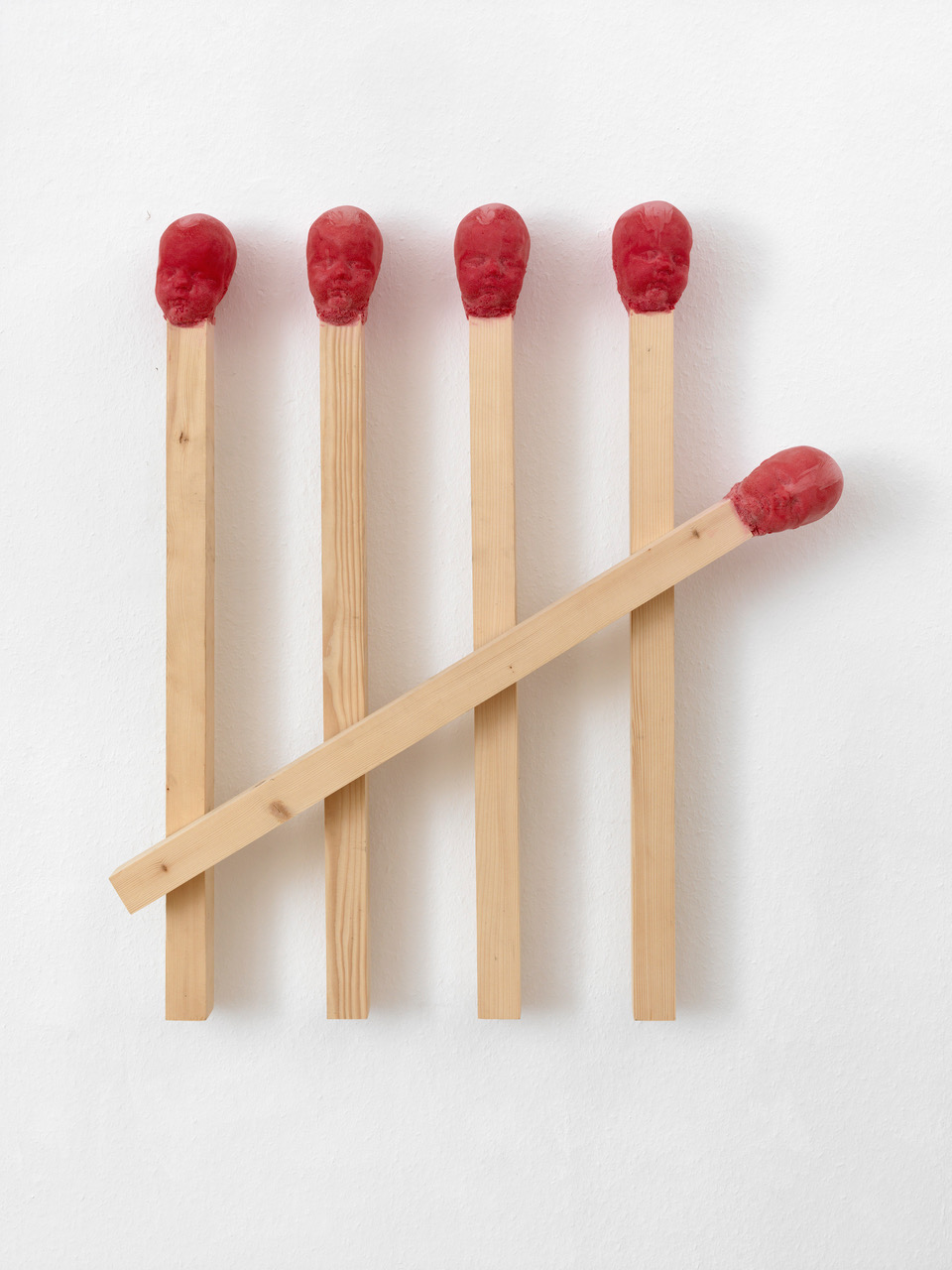
Your burnt down matchsticks that feature human heads. These are at the center of your work and symbolize how people are overburdened, trying to reach success regardless their own life. What is the essence of your work that most fascinates you, and what are some of the materials you’re currently experimenting with?
I wouldn’t say the Matchstick Men are the center of my work, but they are for sure the most popular ones. Most of my former work was non-figurative. Since I started the series of matchstick men my interest in the human head without body increased steadily. The human head by itself is a very fascinating subject. I always used art as a different language to reflect upon things I was interested in. I guess that was and still is the most fascinating part for me. Lately I made several bronze sculptures. I like this classical material. It is very interesting to work with different patinas and get very different results. But as I mentioned before I am always working with a lot of materials at the same time. Now, I am doing some works with wax. Wax offers so many different opportunities and it is amazing in how many ways it can be used.
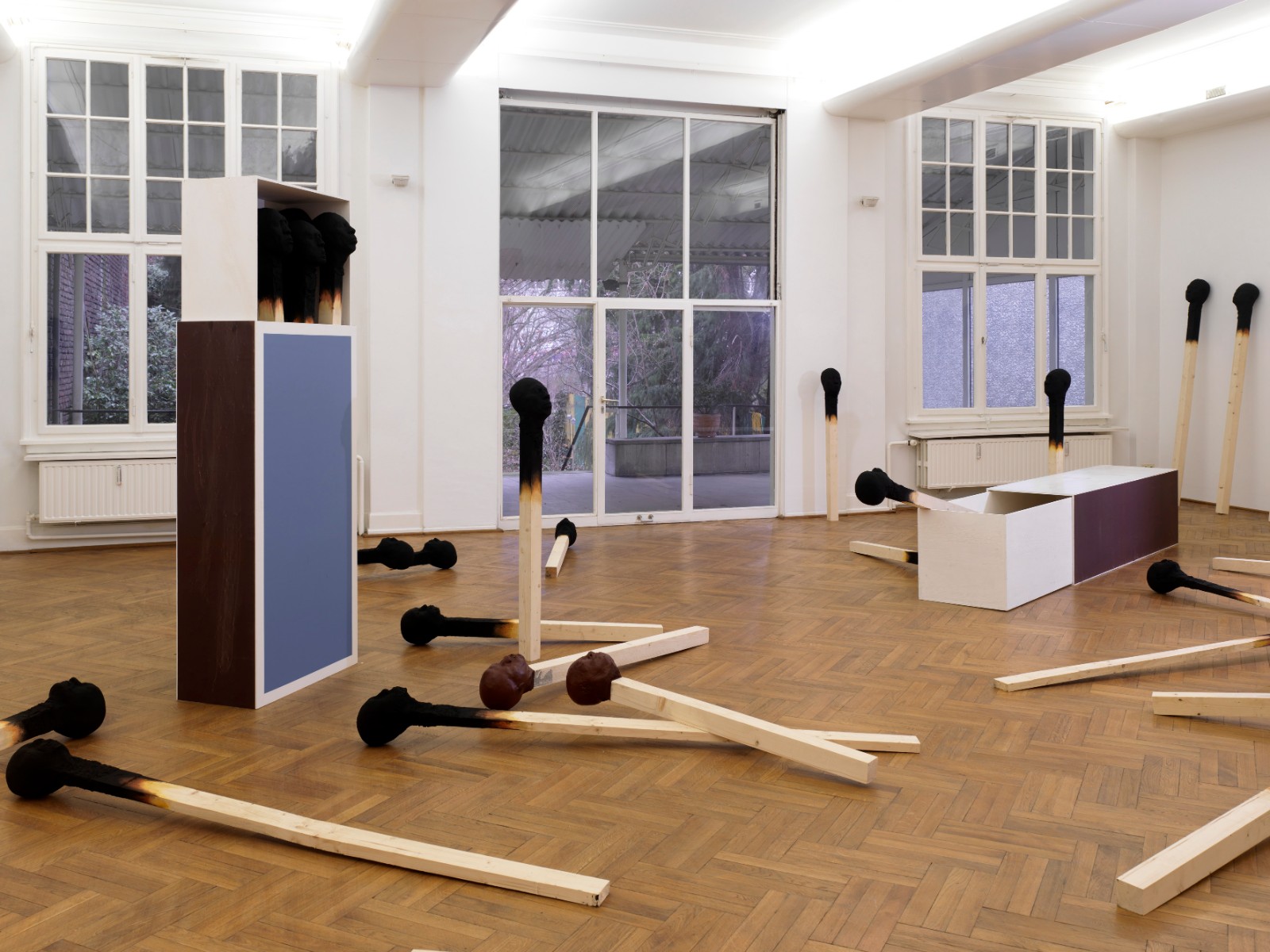
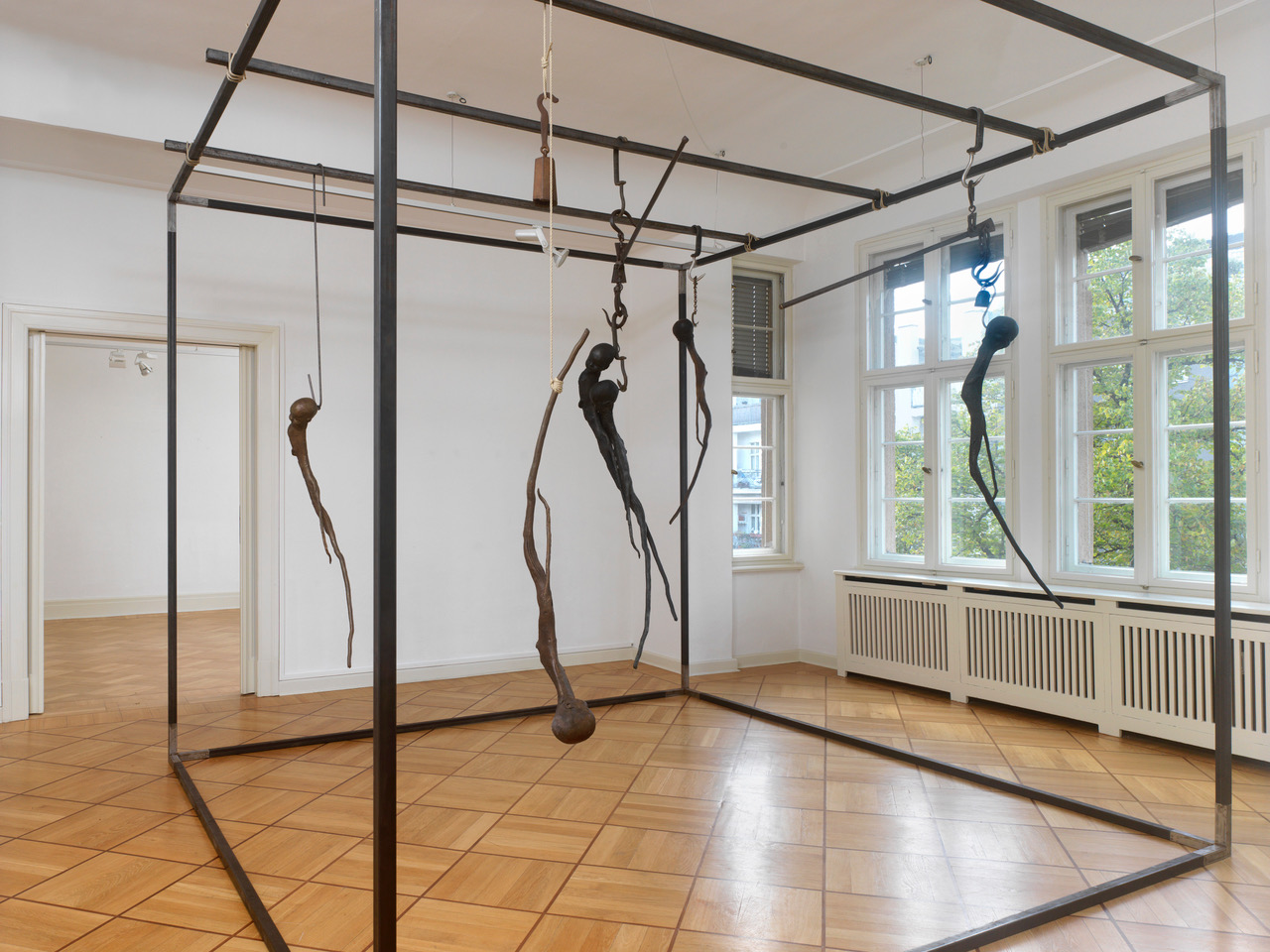
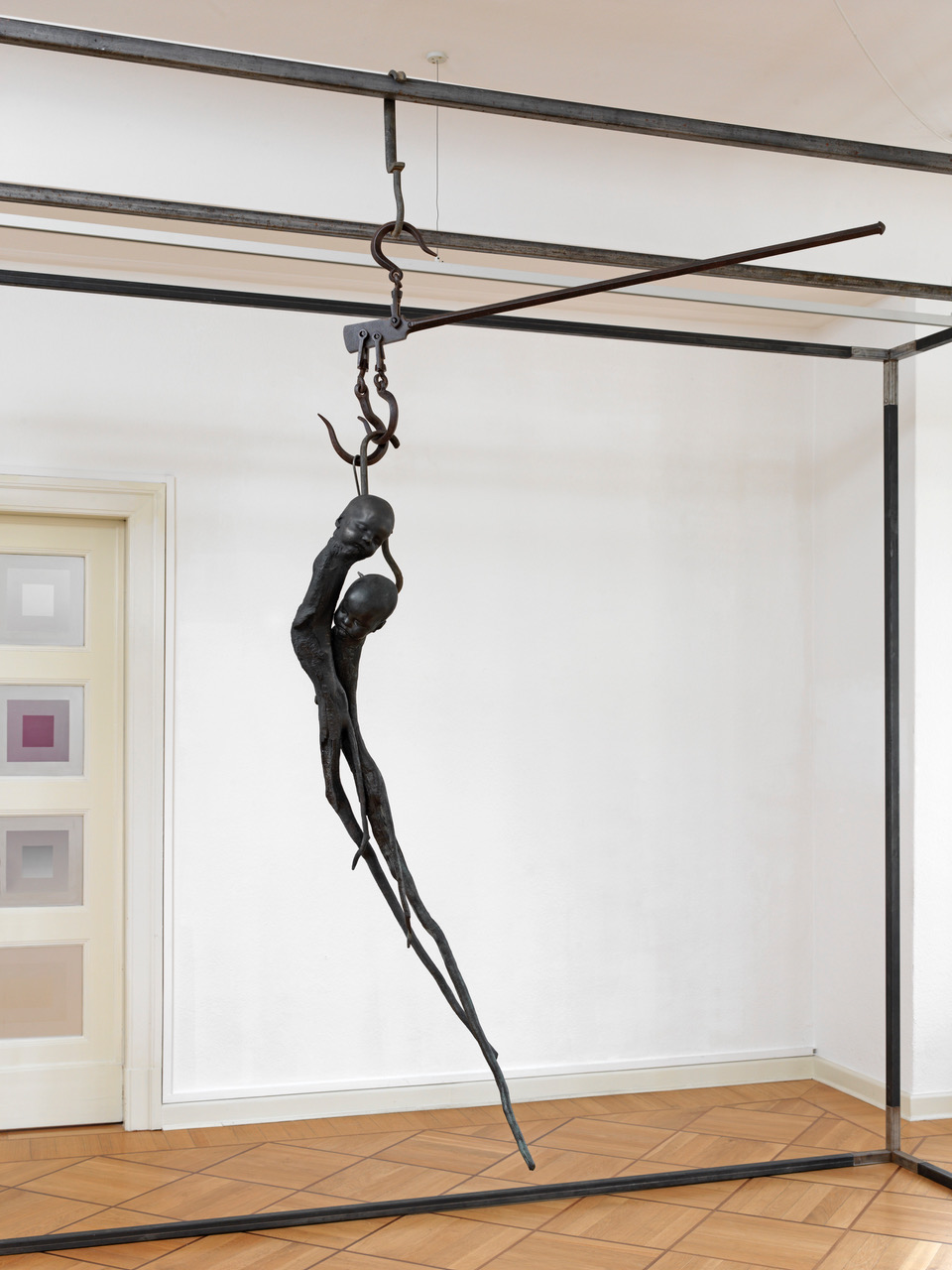
What are the most indispensable things in your studio?
My tools, all kinds of materials, and music. I love tools since they make a sculptor’s life much easier. Nothing is more annoying than not having the right tools. It takes twice the effort if one has crappy tools. Craftmanship is a big part of doing a sculpture. So, tools are essential. I am always surrounded by many different materials since I don’t fancy one in particular. I pick the material which seems to fit best for the project I have in mind. When I am working, I listen constantly to music. I have a huge collection of music. So, music is absolutely stimulating for me when I am working in the studio.
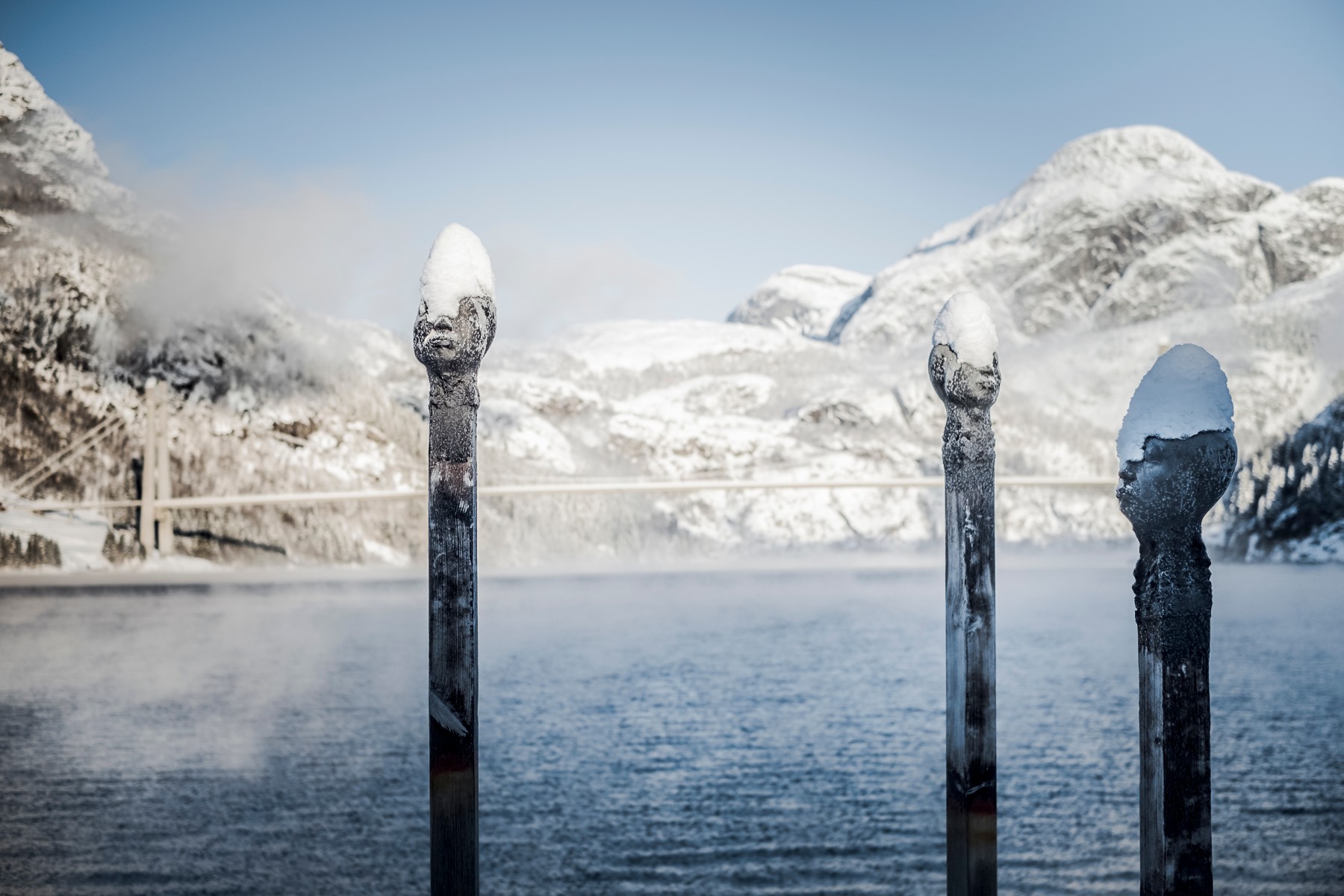
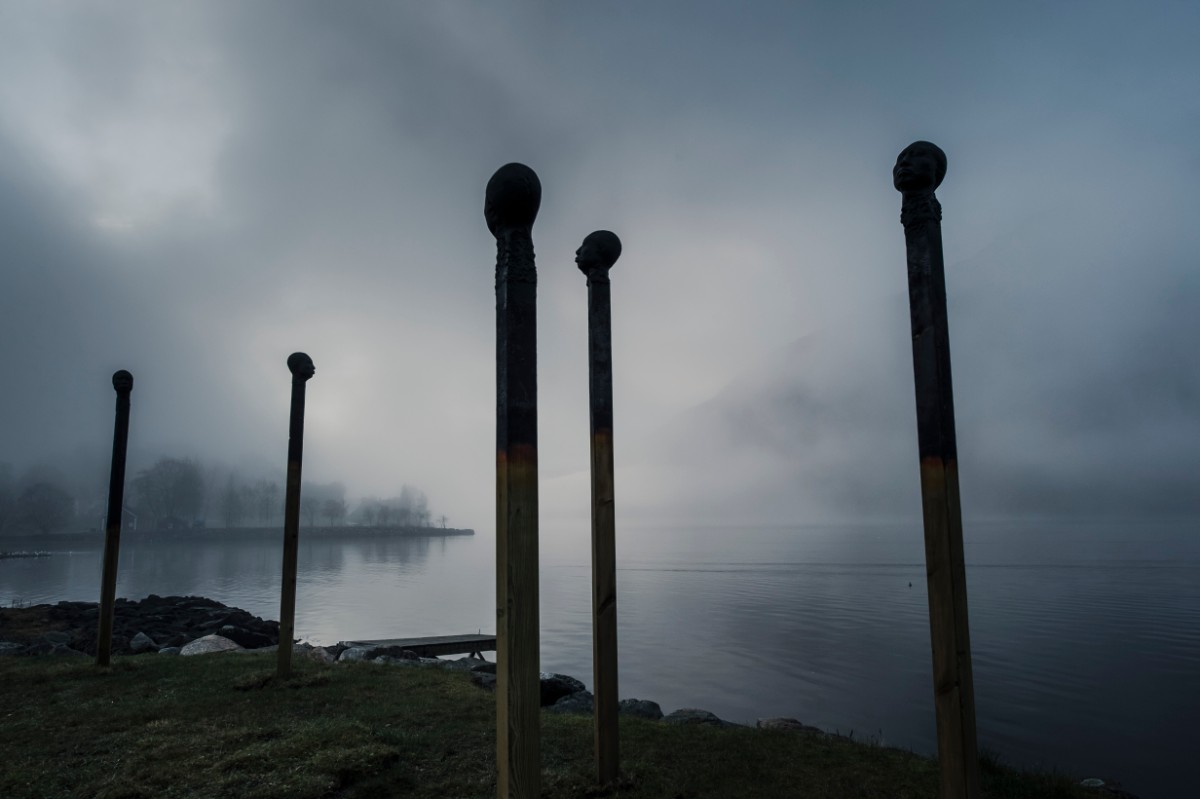
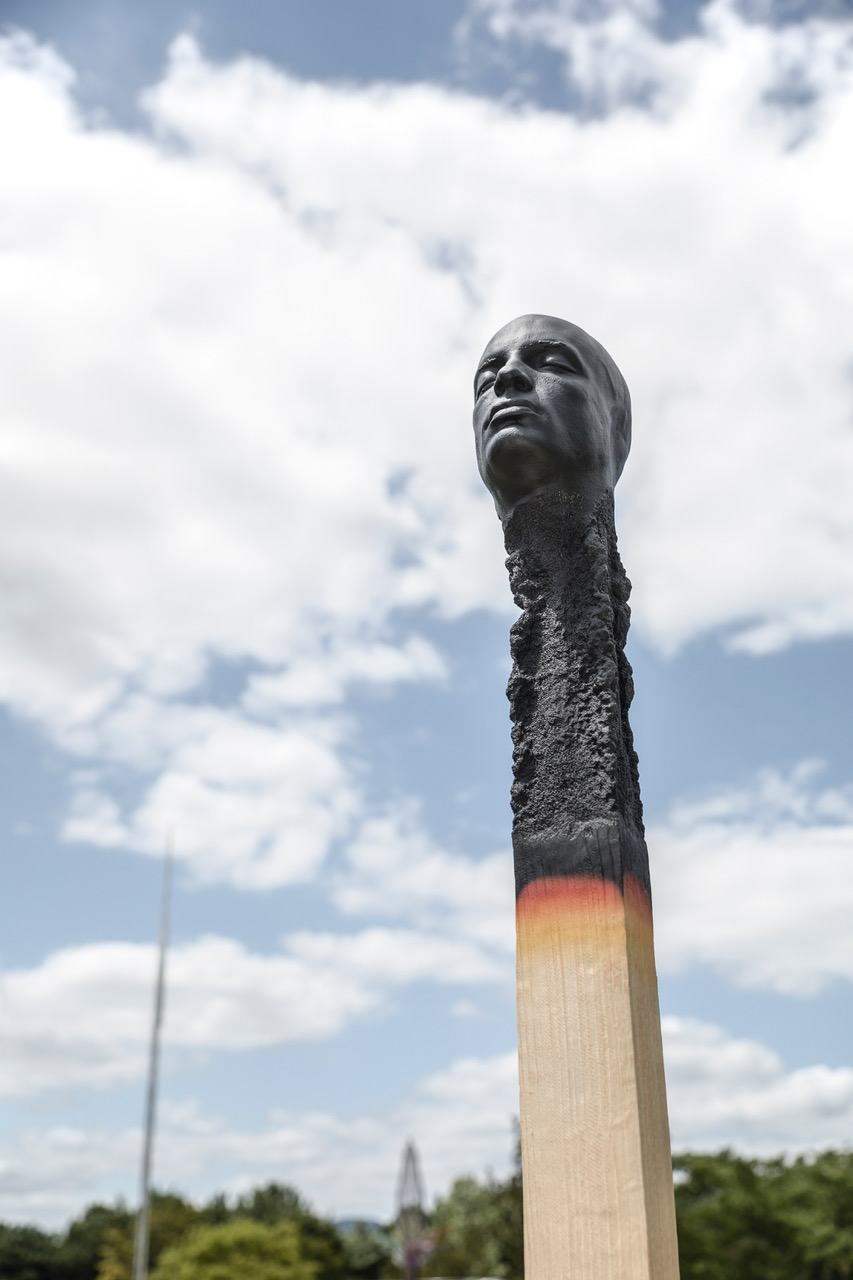
How does your artistic process start and how long does it typically take to create a sculpture?
This is not so easy to determine. Since I started working as an artist most of my works evolved from the one I did before. It is a kind of fluent process which is only interrupted when I start a completely different topic. But even a new topic can be the result of the work I did before. I have two ways of approaching new works. It is either an idea I have which comes first and then I am looking for the right materials to bring it to life or it is a material which I find which gives me the idea for a sculpture or installation. If I follow up on a certain idea it usually takes much longer since I need to think it through and make choices regarding the material and the possible outcome. When I get inspired by a material it is usually faster since the material is almost demanding what to do with it. It is a more spontaneous process.
The Matchstick Men in their final form were developed through many years. I changed and altered them several times. Since I have quite different projects, I am working on at the same time it is not easy to say a work takes a certain amount of time to finish. While I am working on a specific work, I get an idea for some other work or a variation. Sometimes I come up with an idea for a work, but it will take many years before I finally realize the work.
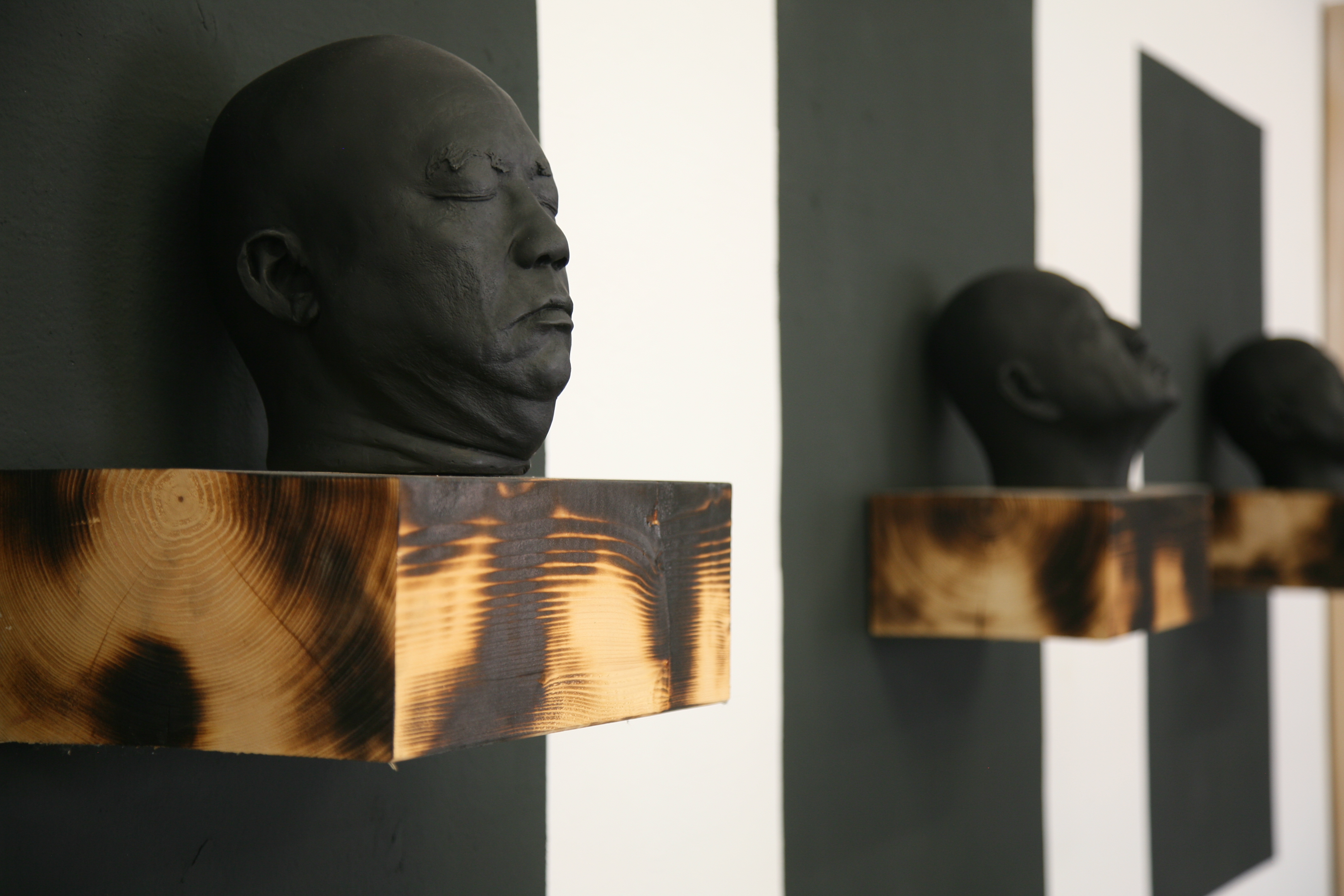
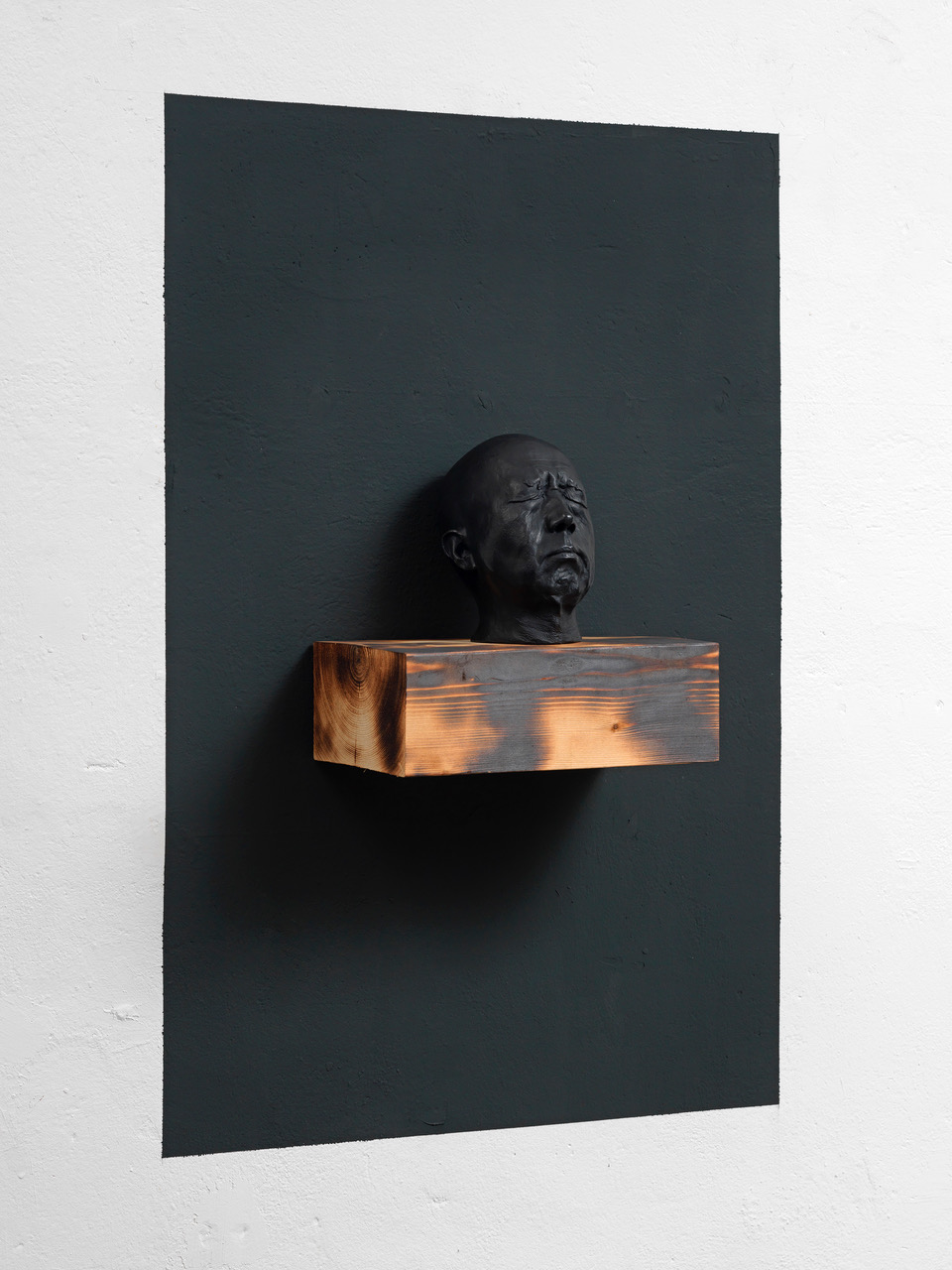
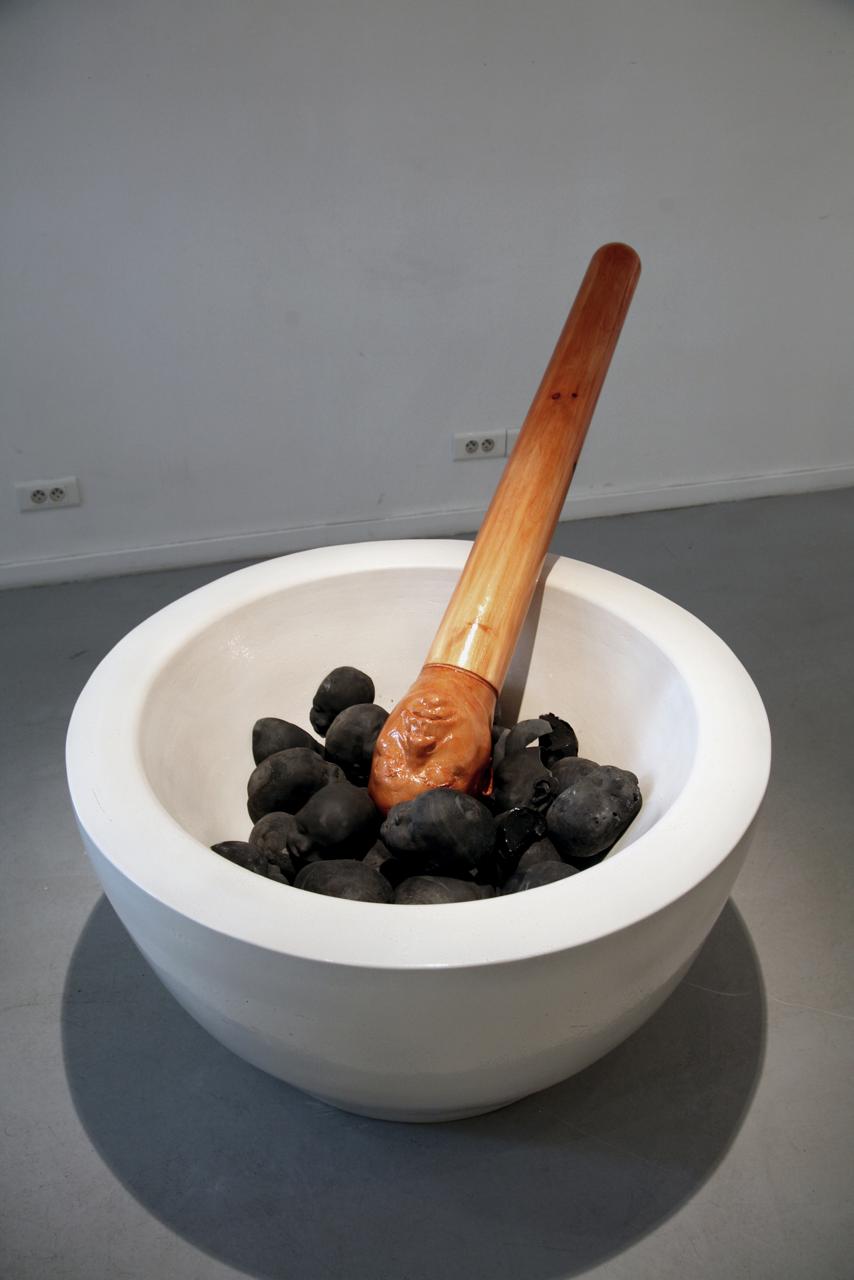
What do you like doing when you are not making sculptures?
I travel a lot. I love to read, listen to music, watch a movie almost every day. I am very passionate about almost any kind of cultural input. I study Buddhism and practice every day for some years. Eating well and cooking is a great pleasure also.
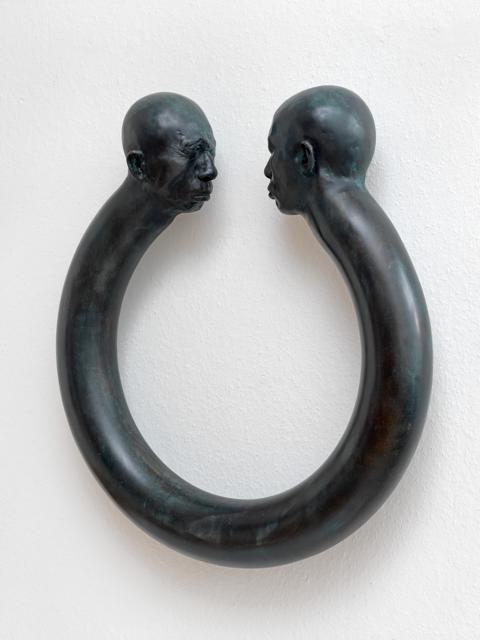
Who is your favorite musician, band, writer? Do they inspire you to create your own art?
I can’t nail it down to only one when it comes to music. Lots of 70s type rock music since that was the music I was growing up with, jazz, and contemporary bands like Unkle, Tindersticks, Archive.
It is easier with my favorite writer which is Haruki Murakami. I read all his books at least twice some even more often. He is very inspiring, and I love to follow the beautiful crazy worlds he creates. As I said earlier music is always running in my studio to create a certain mood.
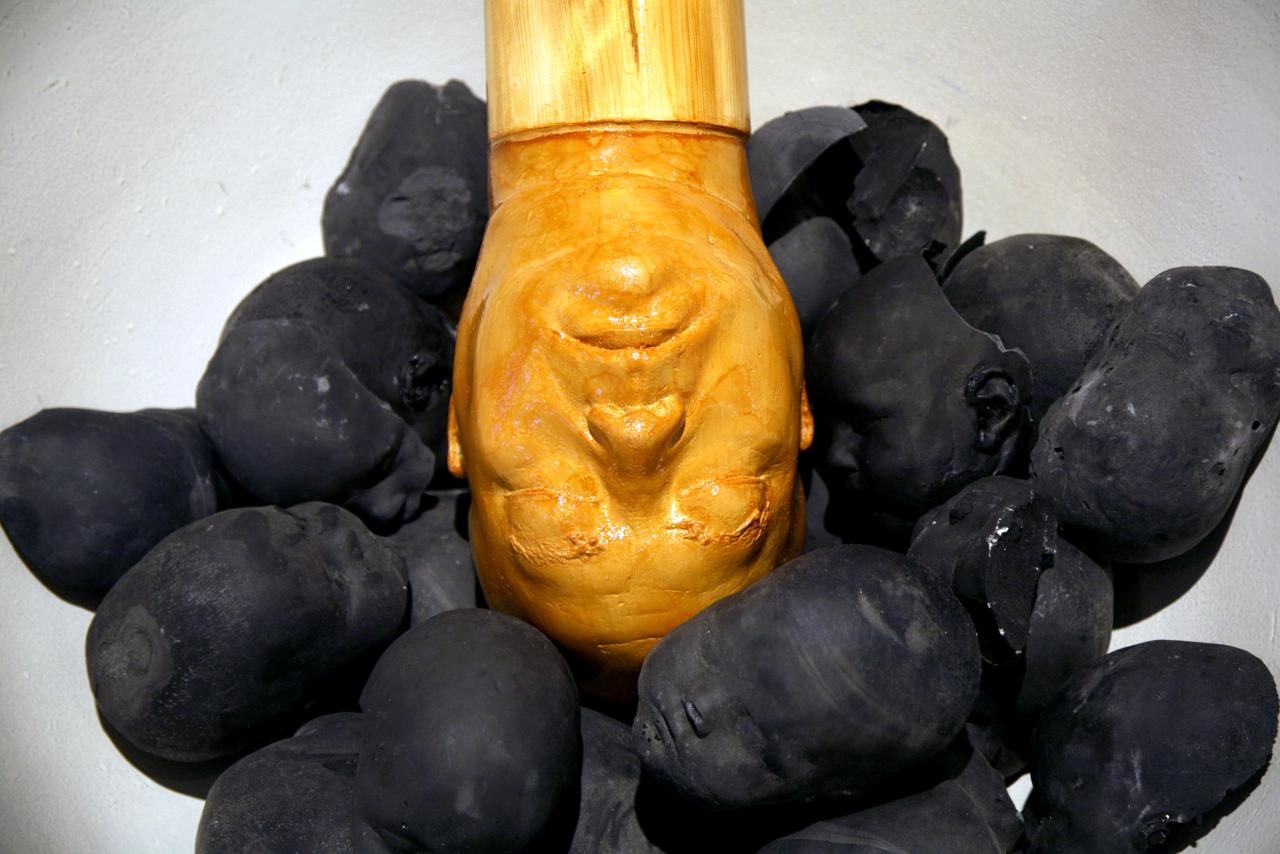
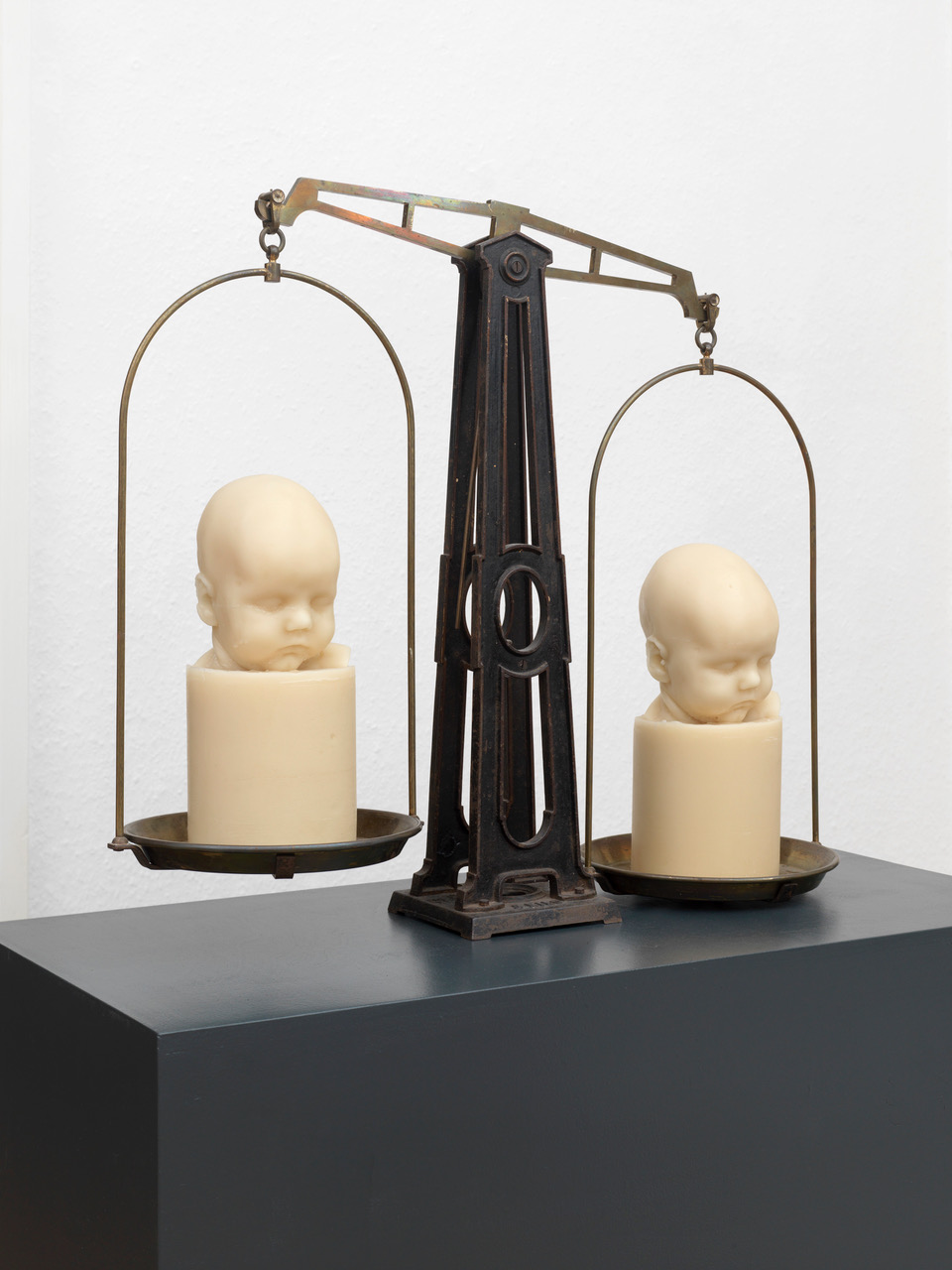
What would you like to accomplish in the near future? Is there any direction you’d like to take upcoming projects in?
I am working on a large scale installation project for a museum show in Shanghai this year and hopefully I will be able to create a very strong work. For future projects I want to focus on Buddhism. I think it is very challenging to find contemporary expressions for subjects like impermanence, which is a very basic view in Buddhism.
